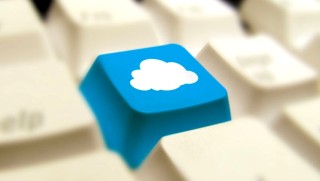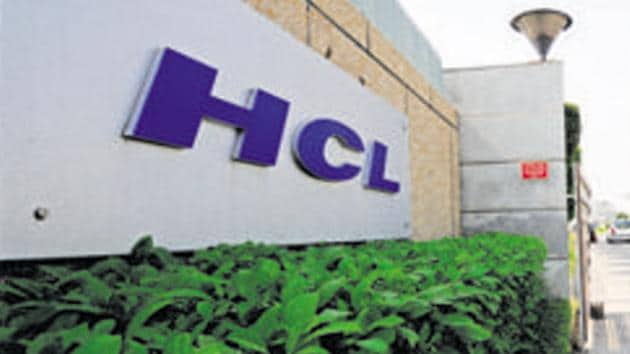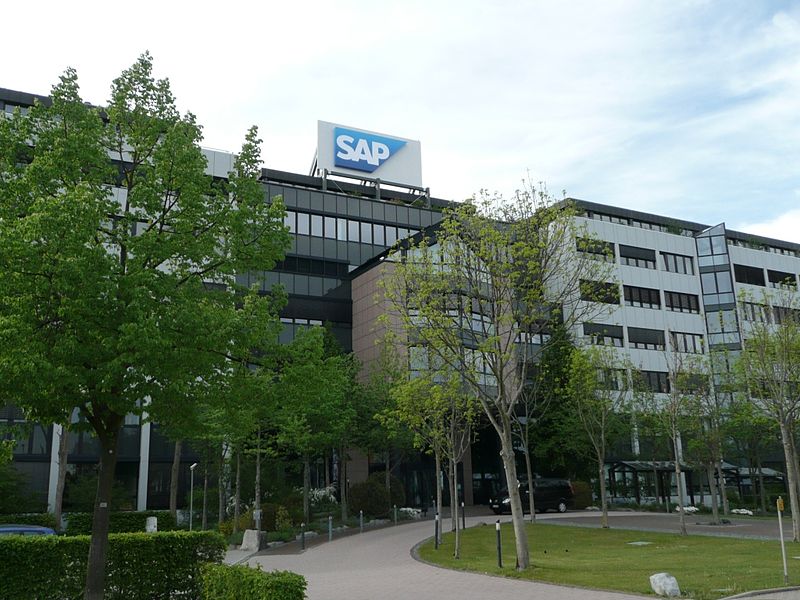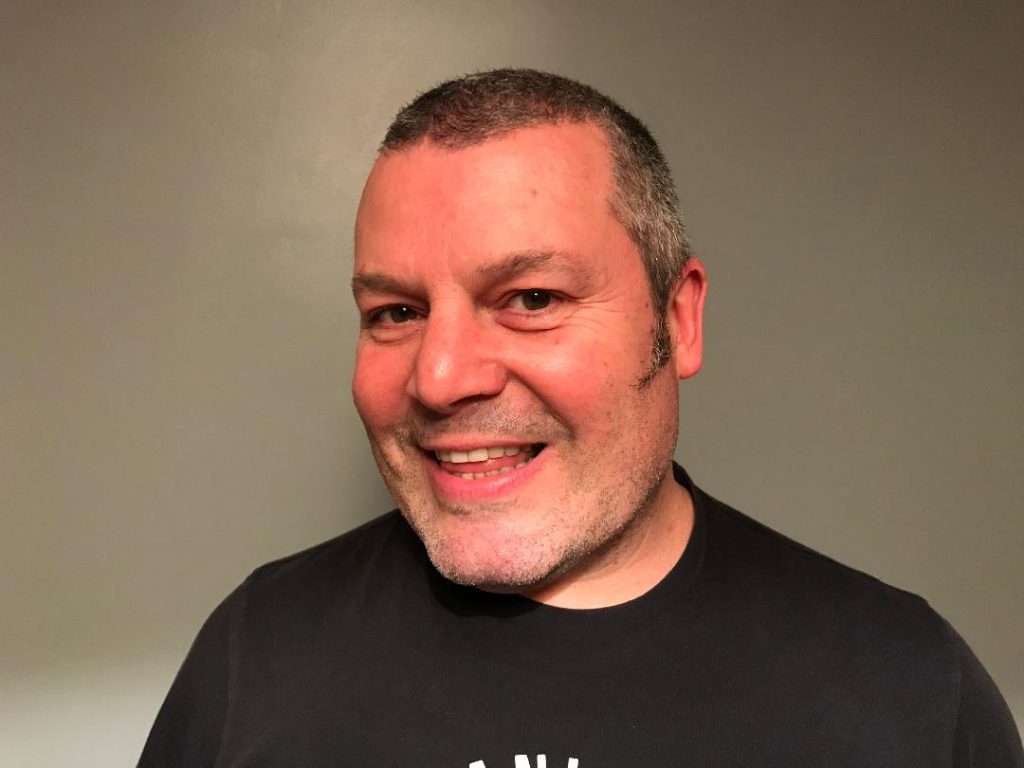Consumption-based IoT (Internet of Things) at the edge had to happen for the opportunities available through “things” to be fully realised. Business technology journalist Antony Savvas looks at some recent developments that are helping to drive progress.
Astrocast
Astrocast sees the growing opportunities of IoT as-a-service, which is why the global nanosatellite IoT network operator is now acquiring Hiber, the Netherlands-based IoT services specialist.
Hiber’s services include wellhead monitoring for major oil and gas companies, including ExxonMobil and Shell, and asset tracking for off-grid worksites in sectors such as agriculture, forestry and mining.
The acquisition of Hiber is expected to bring a number of key benefits for Astrocast, not least adding coverage of the Americas region, based on Hiber’s access to L-band spectrum through its agreement with Inmarsat, and a partner sales channel in key verticals.
Bittium
Bittium’s Cellular IoT Solution provides direct cellular connectivity to cloud services for IoT devices, and can be used to upgrade the 2G or 3G connectivity of existing IoT devices to 4G or 5G connectivity, or to integrate 4G/5G connectivity to new IoT devices under development.

In addition to these key benefits it can also be used to remove the need for a separate gateway device between the IoT device and cloud services.
The solution runs inside the IoT device’s modem module. This minimises the changes needed for the IoT device’s hardware when wireless connectivity is upgraded or embedded in the device. The software in the cloud as well as the device functionality can also be quickly adjusted without the need to modify the device’s software, says Bittium.
“We are helping our customers bring connectivity to their IoT devices on-demand more easily and cost-efficiently,” says Tommi Kangas, senior vice president of Bittium’s connectivity products and services. “As an R&D partner, we support the development of the device and its connectivity according to customer needs.”
In trials, Bittium has partnered with Edge Impulse, which has created a development platform for machine learning (ML) on edge devices, allowing developers and enterprises to “easily train and deploy” sensor-based ML solutions.
Zach Shelby, CEO of Edge Impulse, says custom edge ML service functions can leverage advanced IoT connectivity to increase workplace productivity and safety, for instance.
HCL and SAP
Global IT services and consulting firm HCL Technologies and SAP have also just joined forces to deliver IoT as-a-service solutions for some key markets.
Their aim is to package SAP software with services and hardware that can “speed up and simplify” the fragmented and complicated solution stack that businesses face when driving Industry 4.0 transformation.

HCL’s IoT WoRKS unit intends to bring a next-generation intelligent warehouse offering to market with SAP’s intelligent sensing capabilities at the edge, with the option of adding RFID (radio frequency identification) devices or gateway servers.
SAP IoT automates the identification of handling units, validates the data and posts business context information to SAP S/4HANA or other SAP applications for warehousing processes.
HCL says it helps firms monitor the health of edge hardware devices through a user interface (UI), enabling them to run their applications and services to meet requirements around low latency, connection reliability and regulatory guidelines, and in the process deliver lower downtime and higher productivity, all through a SaaS (software-as-a-service) platform.
Blues Wireless
Blues Wireless is now offering a pricing solution that it says will “disrupt” subscription-based models, and that will “drastically simplify” how customers pay for and consume data-routing services.

Blues Wireless offers a small 30mm x 35mm, low-power, secure system-on-module, otherwise known as the Notecard. This includes 500Mb of prepaid cellular connectivity, an on-system database, file management and machine learning capabilities.
Customers get free, unlimited access to the cloud-based Blues Notehub, a service that allows customers to create projects and activate, configure and manage their IoT devices.
Blues is now providing customers the ability to purchase “Consumption Credits” to use towards Notehub services, such as routing events to their preferred cloud solutions like AWS, Microsoft Azure or Google Cloud. Customers control what they buy, how they use it and what they use it for, with volume discounts baked in, and with no subscriptions needed.
“Our core objective is to eliminate the complexity involved in connecting IoT devices to the cloud,” says Ray Ozzie, CEO of Blues Wireless [and once chief technical officer and chief software architect at Microsoft]. “The Notecard has fundamentally changed the game, eliminating complexity, in part, through embedded cellular.
“Today, we’re changing the game again with new Notehub services, eliminating complexity by embedding PaaS (platform-as-a-service), from device to cloud and with no subscription required.”

5,000 Consumption Credits are included with each newly purchased and activated Notecard at no additional cost. A freemium model is available for those prototyping and testing products and services. Additional Consumption Credits can be purchased for enterprise deployments and discounts are available at up to 80% based on volume purchased.
“Enterprises are tired of the fee-based, multi-year subscription model, they want simplicity, affordability, control and transparency,” adds Jim Hassman, president and chief revenue officer of Blues Wireless. “Every single company and person we have shown this pricing model to has confirmed this is the future of IoT.”
We’ll see if these companies greatly benefit from their as-a-service moves in the IoT space, but they are all certainly part of a growing trend.
Hang up the robots?

Spain’s Council of Ministers has approved a draft law that would require firms, including telecom providers, to answer all customer service calls in under three minutes.
The planned Law on Customer Services includes a requirement for any company with more than 250 staff to ensure they have enough bums on seats to answer calls in the allocated time.
And that means human beings, rather than robots and automated systems, answering the calls. With all this talk about “artificial intelligence” and “bots”, it looks like Spain is going back to the future instead.
The author is Antony Savvas, a global freelance business technology journalist.
Comment on this article below or via Twitter: @VanillaPlus OR @jcvplus






